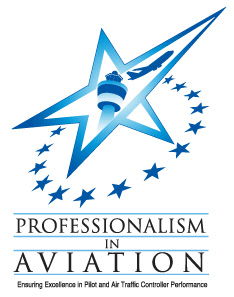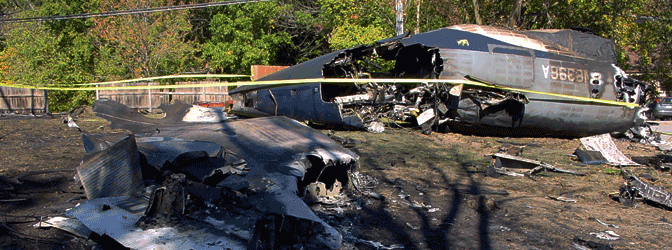What is the issue?
 Although the vast majority of pilots and air traffic controllers responsible for millions of flights each year routinely perform as qualified and competent professionals under a variety of demanding circumstances, there have been a disturbing number of individual incidents of noncompliant behavior, intentional misconduct, or lack of commitment to essential tasks. These occurrences demonstrate an erosion of pilot and air traffic controller professionalism.
Although the vast majority of pilots and air traffic controllers responsible for millions of flights each year routinely perform as qualified and competent professionals under a variety of demanding circumstances, there have been a disturbing number of individual incidents of noncompliant behavior, intentional misconduct, or lack of commitment to essential tasks. These occurrences demonstrate an erosion of pilot and air traffic controller professionalism.
Recent accidents and incidents have highlighted the hazards to aviation safety associated with departures by pilots and air traffic controllers from standard operating procedures and established best practices. NTSB aviation accident reports describe the errors and catastrophic outcomes that can result from such lapses, and—though the NTSB has issued recommendations to reduce and mitigate such human failures—accidents and incidents continue. The costs of these events extend beyond fatalities, injuries, and economic losses: they erode the public trust. As a result, these events and the NTSB investigations continue to garner significant Congressional, media, and public interest in the professionalism of pilots and air traffic controllers.
What can be done . . .
Labor, management, industry, associations, and government each have a role to play in fostering professionalism. An open and ongoing dialogue among these parties will raise awareness of the importance of reinforcing professionalism. The NTSB initiated such a dialogue during its 3-day forum, Professionalism in Aviation: Ensuring Excellence in Pilot and Air Traffic Controller Performance, in 2010. The industry can provide better guidance on expected standards of performance and professional behavior. Pilots, controllers, and managers can reinforce these standards through their day-to-day actions on the job. And, though there is no way to guarantee that every pilot and controller will make the right choice in every situation, monitoring performance and holding them accountable will reinforce the absolute importance of maintaining the highest level of professionalism.

Related Reports
Title: Aircraft Accident Report: In-Flight Engine Failure and Subsequent Ditching Air Sunshine, Inc., Flight 527, Cessna 402C, N314AB, About 7.35 Nautical Miles West-Northwest of Treasure Cay Airport, Great Abaco Island, Bahamas July 13, 2003
NTSB Report Number: AAR-04-03, adopted on 10/13/2004 [Summary | PDF Document]
Title: Aircraft Accident Report: Hard Landing, Gear Collapse Federal Express Flight 647, Boeing MD-10-10F, N364FE, Memphis, Tennessee December 18, 2003
NTSB Report Number: AAR-05-01, adopted on 5/17/2005 [Summary | PDF Document]
Title: Aircraft Accident Report: Crash of Pinnacle Airlines Flight 3701, Bombardier CL-600-2B19, N8396A, Jefferson City, Missouri, October 14, 2004.
NTSB Report Number: AAR-07-01, adopted on 1/10/2007 [Summary | PDF Document]
Title: Aircraft Accident Report: Loss of Control on Approach, Colgan Air, Inc., Operating as Continental Connection Flight 3407, Bombardier DHC 8 400, N200WQ, Clarence Center, New York, February 12, 2009
NTSB Report Number: AAR-10-01, adopted on 2/2/2010 [Summary | PDF Document]
Title: Aircraft Accident Report: Crash During Attempted Go-Around After Landing East Coast Jets Flight 81 Hawker Beechcraft Corporation 125-800A, N818MV Owatonna, Minnesota July 31, 2008
NTSB Report Number: AAR-11-01, adopted on 03/15/2011 [Summary | PDF Document]
Title: Aircraft Accident Report: Attempted Takeoff From Wrong Runway Comair Flight 5191 Bombardier CL-600-2B19, N431CA Lexington, Kentucky August 27, 2006
NTSB Report Number: AAR-07-05, adopted on 7/26/2007 [Summary | PDF Document]
NTIS Report Number: PB2007-910406
